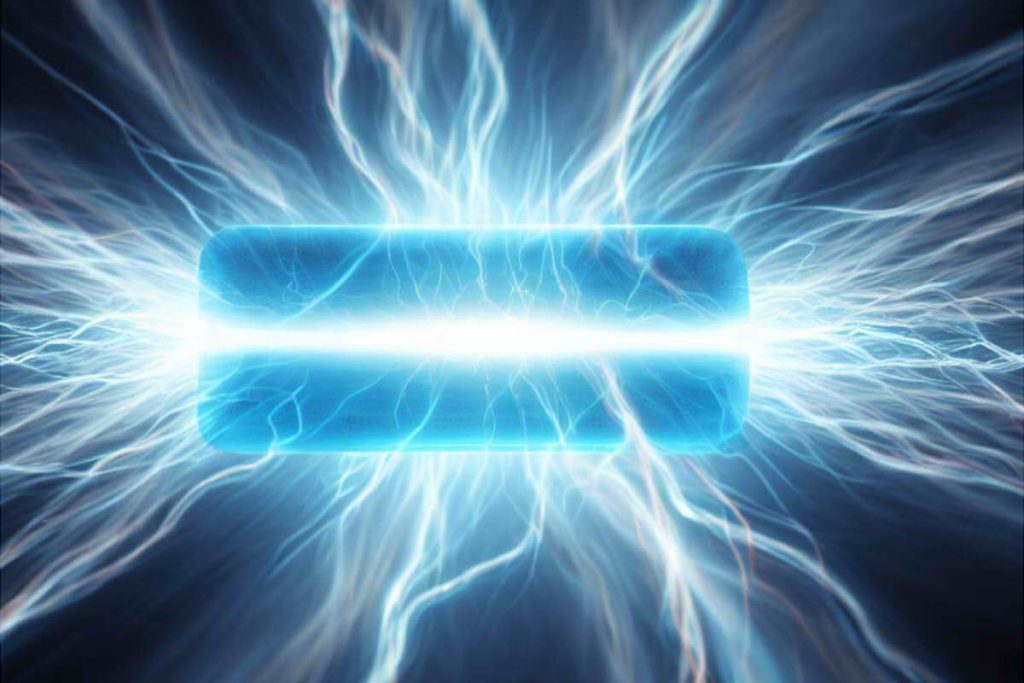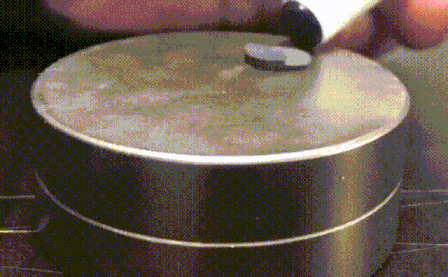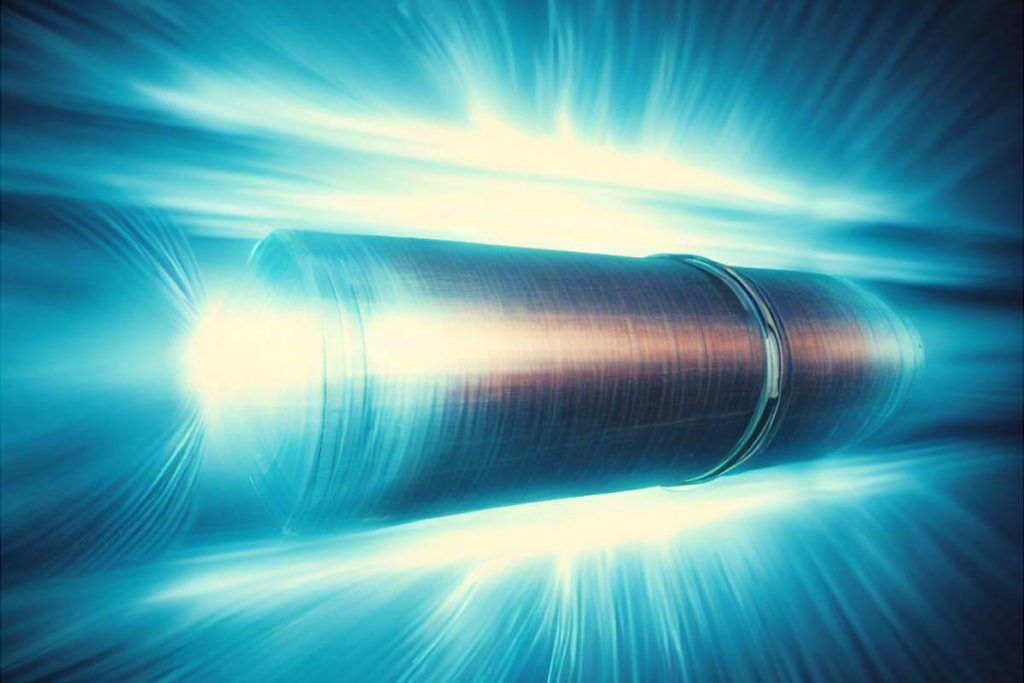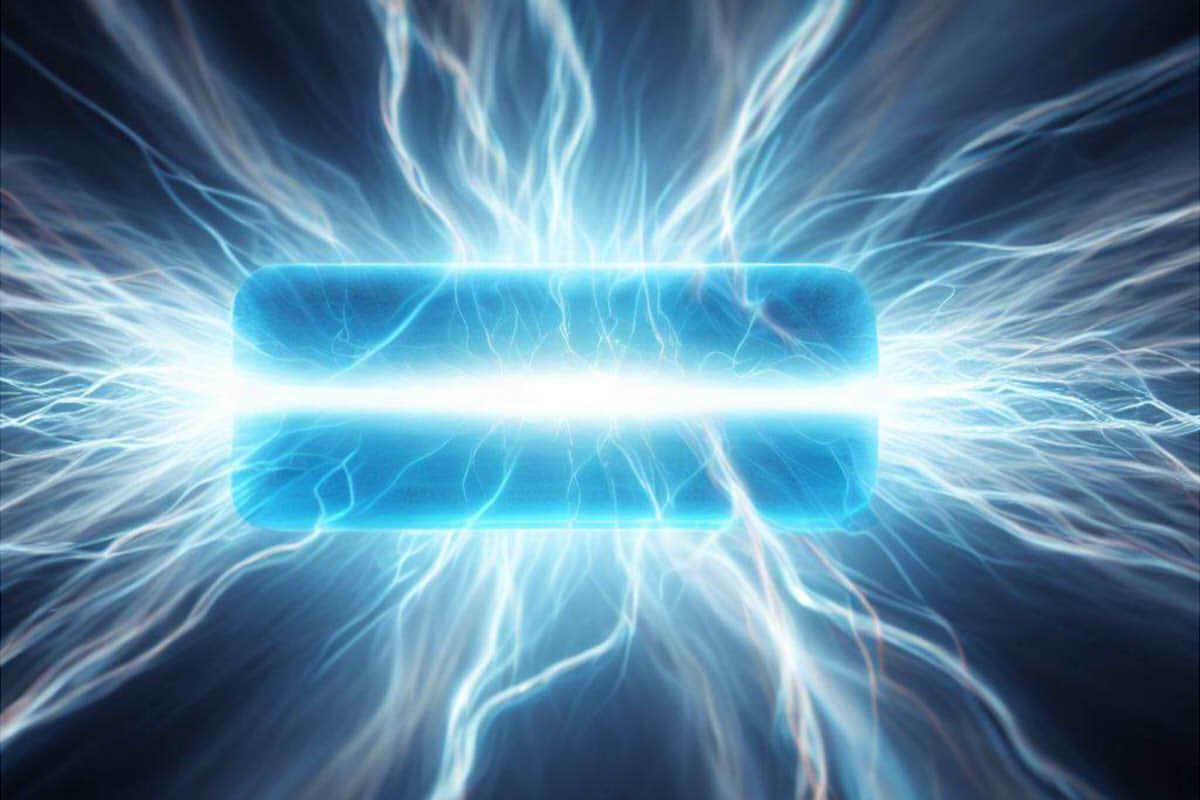In the 25 July 2023, A groundbreaking discovery by Korean researchers shook the scientific community, announcing the successful synthesis of the world's first superconductor at room temperature and room pressure, the crystal structure of modified lead phosphorsilicate (LK-99). This achievement could revolutionize various industries, offering unprecedented possibilities for power transmission, transport, medicine and scientific research. Nevertheless, further verification is required to fully understand the implications of this remarkable breakthrough.
Table of Contents
- Understanding Superconductivity at Room Temperature
- The Birth of LK-99: An Unexpected Solution
- Superconductivity Pending Validation
- Implications of Superconductivity at Room Temperature
- The Future of Room Temperature Superconductivity
Understanding Superconductivity at Room Temperature
Superconductivity is a remarkable physical phenomenon that occurs when certain materials, known as superconductors, exhibit zero electrical resistance and expel magnetic fields below a specific critical temperature (Tc). Los traditional superconductors require extremely low temperatures close to absolute zero and high pressures to achieve the superconducting state. This limits its practical applications to specialized and expensive environments.. The search for superconductivity at room temperature, where these extraordinary properties can be achieved at higher and more accessible temperatures, has been a long-standing goal in the field of condensed matter physics.

The discovery of superconductivity at room temperature would revolutionize various industries by allowing greater efficiency, Unprecedented performance and stability in electrical systems. Potential applications range from power transmission to transportation, medicine and even scientific research, with the promise of creating a more sustainable and technologically advanced future.
The Birth of LK-99: An Unexpected Solution
The Korean researchers reported their groundbreaking discoveries on the prepublication website arXiv on 25 July 2023. According to your documents, LK-99 demonstrates superconductivity at temperatures below 127°C without the need for extreme pressures, potentially overcoming the limitations of traditional superconductors.
The development of LK-99 was based on the modification of the lead phosphorsilicate crystal structure. Korean scientists introduced copper ions into the crystal lattice, strategically replacing lead ions, and induced a stress distortion in the microstructure. These alterations were designed to improve the superconducting properties of the material and achieve superconductivity at room temperature..

The critical temperature (Tc), which marks the point at which a material goes from a normal state to a superconducting state, was measured below 127°C in LK-99. This particular value of Tc is of great importance, since it represents a more accessible temperature range than traditional superconductors. The researchers also presented evidence supporting LK-99's superconducting behavior., including zero resistance, the critical current (Ic), the critical magnetic field (Hc) and the Meissner effect.
Superconductivity Pending Validation
While initial results showed LK-99's potential as a room-temperature superconductor, It is important to note that the research findings have not yet been independently verified by other scientific teams..
Given the claims made by Korean researchers, Scientists from several countries are closely following the findings and planning their own experiments to verify the stability and reliability of LK-99's superconducting behavior.. This verification is crucial to ensure that the results are consistent and can be replicated in different experimental setups and laboratories..
The 1 of August, Sinéad Griffin, una investigadora del Lawrence Berkeley National Laboratory (LBNL) in United States, used the computing power of the US Department of Energy to simulate and claim to have found the theoretical basis for the superconductivity of copper-doped lead phosphorsilicate. This news has generated great attention and discussion in the technology community.
The same day, An experimental group from Huazhong University of Science and Technology in China reported the successful synthesis of LK-99 crystals capable of magnetic levitation. They published a video showing the levitation of the sample.

Nevertheless, achieving magnetic levitation only proves that LK-99 exhibits diamagnetism, which means there is repulsion between it and the magnets, but it does not demonstrate that it has superconductivity characteristics at room temperature. The so-called complete diamagnetism is only a necessary condition for a superconductor, not enough.
The person responsible for the video stated that currently they have only verified the Meissner effect (magnetic field exclusion phenomenon during the transition of a superconductor from a normal state to a superconducting state). And due to the very small size of the synthesized crystal, they have not been able to measure their resistance. The laboratory is already preparing a new series of samples in hopes of measuring more resistance properties of LK-99.
Until reproducible evidence is presented, The true potential and implications of LK-99 in various industries are not yet fully understood.
Implications of Superconductivity at Room Temperature
If superconductivity technology is achieved at room temperature, Electrons will be able to flow rapidly in a room temperature environment, no resistance, no power consumption, which will radically change the current electrical system. The realization of superconductivity at room temperature will profoundly change the current energy system, the information processing and transmission system, and in areas such as medical detection, high-speed transportation and even controlled nuclear fusion, will bring significant progress.
Power Transmission
Currently, there is a large amount of energy loss in the transmission of electricity, which is estimated to be around 5 al 10 percent of total energy consumption worldwide. If superconducting circuits were used at room temperature, there would be no losses in the transmission of electricity, which could result in significant energy savings and reduced carbon emissions.
Besides, Superconducting power transmission lines can carry higher current densities than conventional cables, allowing for more significant power flow without the risk of overheating. This increased capacity improves the stability and reliability of the electrical grid, reducing the frequency of blackouts and voltage fluctuations. Improved stability crucial for critical infrastructure like hospitals, data centers and industries that depend on a continuous supply of energy.

Besides, room temperature superconductivity technology can efficiently store and transmit renewable energy, offering a solution for grid-connected renewable energy. Excess energy generated during peak demand periods could be stored in superconducting coils, that can contain large amounts of energy with minimal losses. When demand exceeds supply, Stored energy can be released back into the grid without significant losses, ensuring a more balanced and stable energy supply from renewable sources.
Transportation and Mobility
The transportation sector would benefit significantly from room temperature superconductivity. Magnetic levitation trains (maglev), which currently rely on expensive and energy-intensive cooling systems to maintain superconductivity, could become more accessible and practical with room-temperature superconducting materials. This advancement would lead to faster train speeds, lower energy consumption, reduced operating costs and quieter rides, making high-speed rail systems more viable and attractive for mass transportation.
Besides, electric vehicles (EV) powered by room-temperature superconducting technology could revolutionize personal transportation. With more efficient energy systems, EVs could achieve greater driving range and faster charging times through EV charging cables, addressing two major barriers to greater adoption of electric vehicles. This advance would accelerate the change towards a cleaner and more sustainable transportation system, reducing greenhouse gas emissions and combating air pollution.
Computers and Communications
The computing and communications industries would also experience significant changes with the advent of room temperature superconductivity.. Currently, superconducting materials are used in creating superconducting quantum bits for quantum computers. Nevertheless, extremely low temperature requirement makes quantum computers expensive to operate and maintain. Room-temperature superconductivity could eliminate the need for complex cooling systems, making quantum computers more practical and commercially viable. This breakthrough would unlock the full potential of quantum computing, enabling innovative advances in cryptography, drug discovery, optimization and artificial intelligence.

In the field of communications, room-temperature superconductivity could lead to the development of more efficient and reliable high-speed communication systems. The fiber optic communication, which currently relies on numerous optical amplifiers to maintain signal strength over long distances, would benefit from room temperature superconducting technologies. These systems could transmit data with significantly reduced losses, which would result in higher data transfer rates and better communication quality.
Medicine
The medical field could experience a revolution with room temperature superconductivity, especially in medical and therapeutic imaging applications. Magnetic Resonance Machines (MRI), that use superconducting magnets to create detailed images of the body's internal structures, could become more accessible and affordable with room temperature superconducting materials. This advance would improve the quality and accessibility of medical care, benefiting patients and medical professionals around the world.
Scientific investigation
Currently, There are many uncertainties and controversies about the theory of superconductivity mechanism. Whether superconducting materials can be found or made at room temperature, and detailed experiments and analyzes can be performed on them, will then help reveal the physical nature and laws behind superconductivity, and could lead to new physical theories and paradigms. Besides, Room temperature superconductivity could also provide more powerful experimental facilities and tools for fields such as high energy physics, astronomy and earth sciences.
For example, particle accelerators, that require a significant amount of energy and equipment to accelerate and detect particles, could become more efficient and cost-effective with the adoption of room temperature superconducting technology. This breakthrough could accelerate discoveries in particle physics and help unravel the mysteries of the universe.
The Future of Room Temperature Superconductivity
If superconductivity technology is achieved at room temperature, can become a point of interest in the short term, but it may take a decade or two for new materials to emerge and achieve real industrial applications.
According to Andrew Cote (@Andercot), Incorporating this material in microelectronics means rethinking the manufacturing process of CMOS silicon wafers. 300 mm, a process that would take a decade or more to be done correctly.
The rise of room-temperature superconductivity is very different from the explosion of artificial intelligence in the first half of the year. Artificial intelligence language model is technology before encountering a scene. Superconductivity technology appears to be the opposite, as there are already a large number of possible application scenarios waiting to get on board, but superconductivity technology is still too immature.
Regardless of the result, This research demonstrates humanity's quest and efforts toward room temperature superconductivity., and shows us the possibilities and potential of superconductivity at room temperature. We look forward to the day when room temperature superconductivity can be transformed from an ideal to a reality, bringing more surprises and miracles to our science, technology and life.

